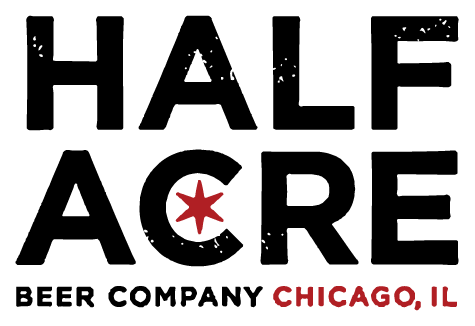I brewed a dark cherry lambic back in June and it's been aging in a carboy since. I'd only made one prior attempt at a lambic much earlier on in my brewing career, which I ended up dumping. Thankfully I've learned enough about yeast, bugs, and sanitation that I understand what I did wrong the first time around. This batch looks and smells like it's supposed to, although I haven't tasted it yet to be sure how it's coming along. I thought everything was good. I was wrong.
It seems like I either have brett lurking somewhere in my equipment or I have a natural source of wild yeast in my back yard or basement. Since then, I've had one batch I tossed because of contamination and traces of it show up elsewhere.
The first hint that something was up was a ten gallon batch of Firestone Double Barrel Ale clone which was split into two fermentors and pitched with two different yeasts. One of the batches turned out amazing, and the other was infected. The process for both was literally identical up to the point of pitching. The results couldn't have been more dissimilar. The aroma, taste, and even then color of the two beers was distinctly different.
So after a bit of research, I tossed all of my old plastic tubing, and brewed a batch of my ginger wheat which I fermented in a V-Vessel. (Separate post on that at some point.) I racked a gallon off into the sanitized, but possibly contaminated better bottle and let it sit for a couple of weeks. The test was inconclusive, and in hindsight I probably should've bottled up the results and done a "forced" conditioning at high temperatures to see if there really was anything at work.
But in any case, here are the steps I took / have taken since.
I bought a new better bottle and hardware for it.
I replaced all of my tubing and hoses used on the cold side of the process.
Instead of using a brush and mild detergent, I upgraded to PBW for cleaning the Better Bottle.
My keg cleaning regimen now involves a soak in PBW, scrubbing, a rinse and then a soak in star san instead of just a water rinse / scrub and a sanitizing cycle.
I've started buying fresh, clean bottles for anything which is going to need to age and only using recycled bottles for short term transportation.
As much as my limited space permits, I keep all of my aging beer cold.
After all that, I can't definitively say that I've beaten or contained that troublesome but wonderful bacteria lurking in my brewery somewhere, but I do brew with more confidence that I won't have to pitch any more batches soon.
Anything I missed?










